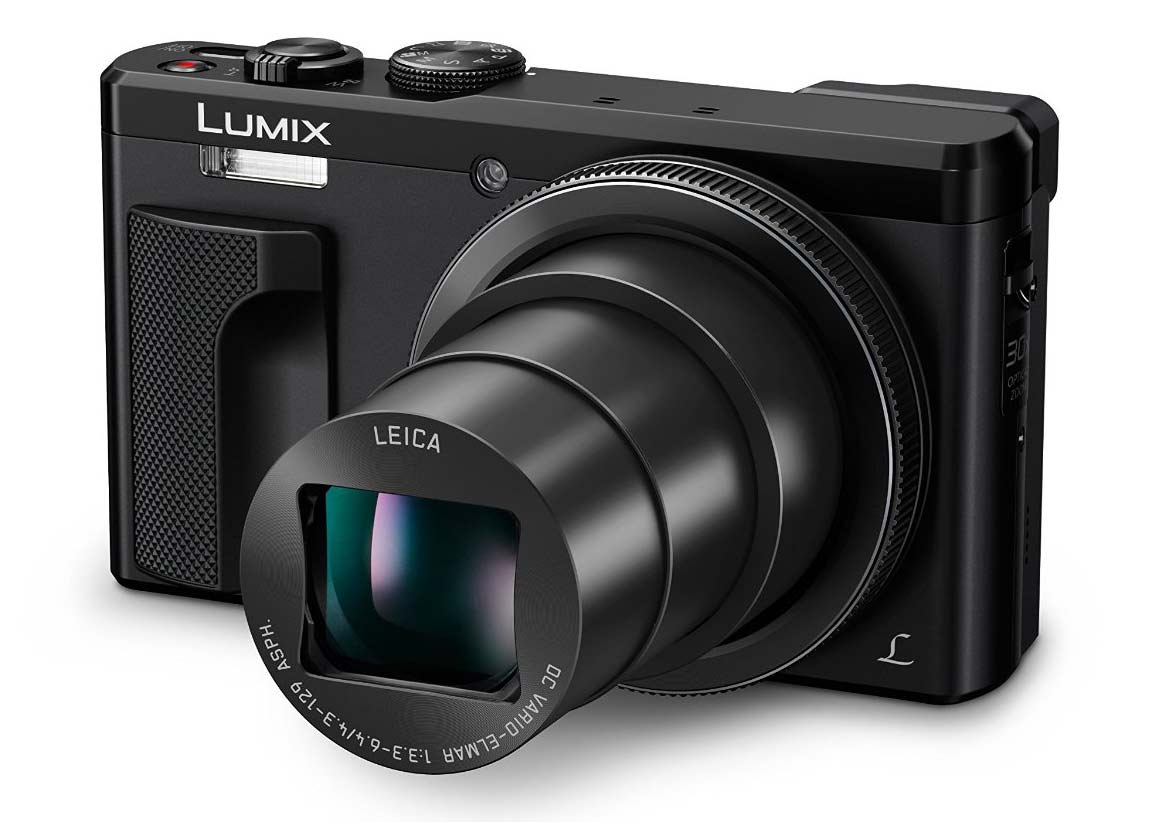Tom's Guide Verdict
This pocketable camera has a 30X zoom lens and a good price, but low-light and 4K-video performance could be better.
Pros
- +
Powerful 30X zoom lens
- +
solid, compact design
- +
touch-screen LCD
Cons
- -
Very limited low-light capability, unimpressive 4K video with wobbly distortion
Why you can trust Tom's Guide
Travel always requires some compromise, and the new ZS60 ($447) does a good job balancing over a half-dozen powerful capabilities. It has a solid polycarbonate construction to survive hard knocks, and it's pocketable — though just barely. Yet the ZS60 squeezes in a 30X (24-720mm full-frame equivalent) zoom lens, a photographic superweapon that lets you snap anything from local fare on the dinner table to exotic wildlife or architectural details that are too far away to see with your eye. What are the compromises? Primarily low-light image quality. And while the ZS60 boasts 4K video capability, it isn't especially impressive.

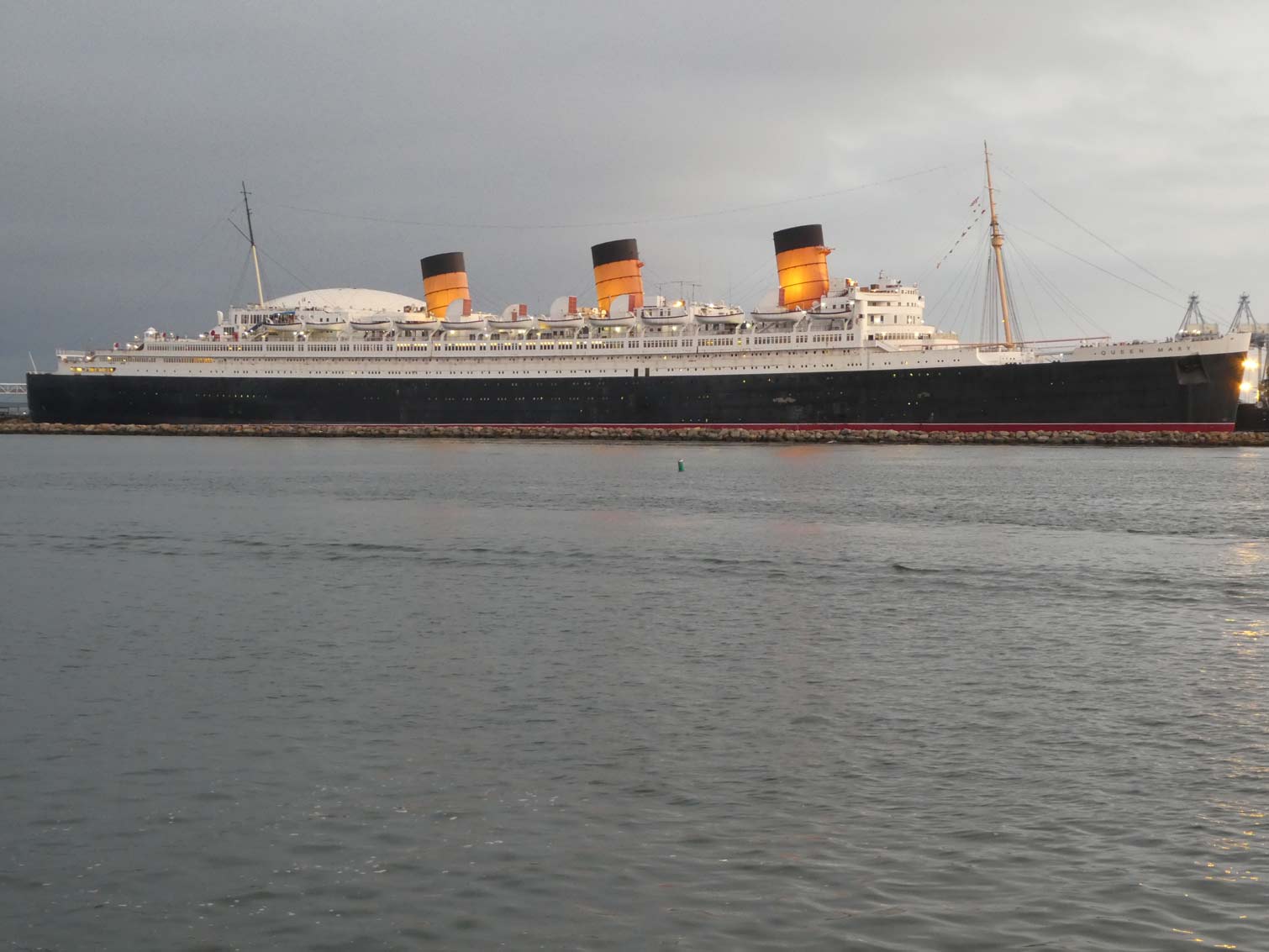
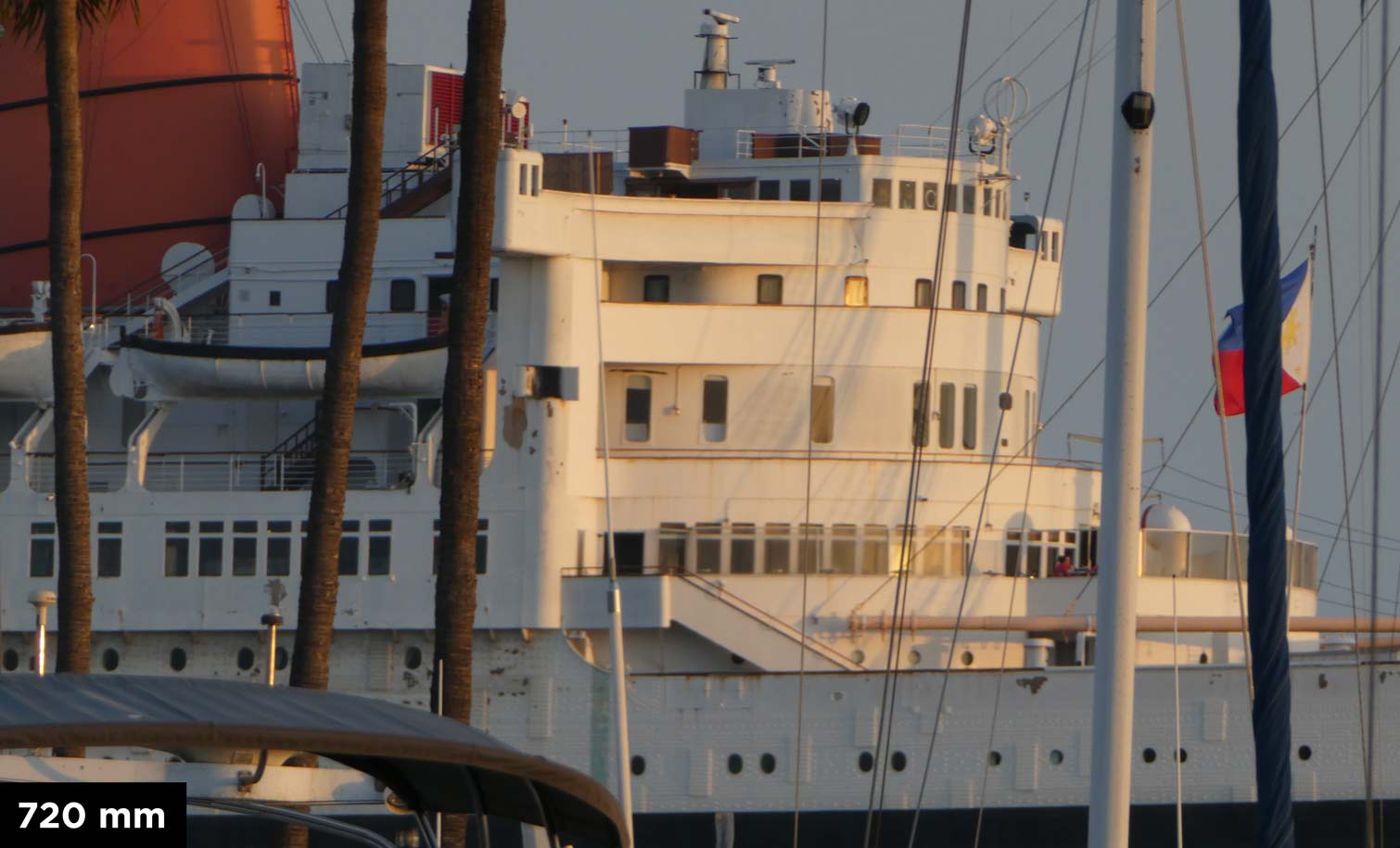
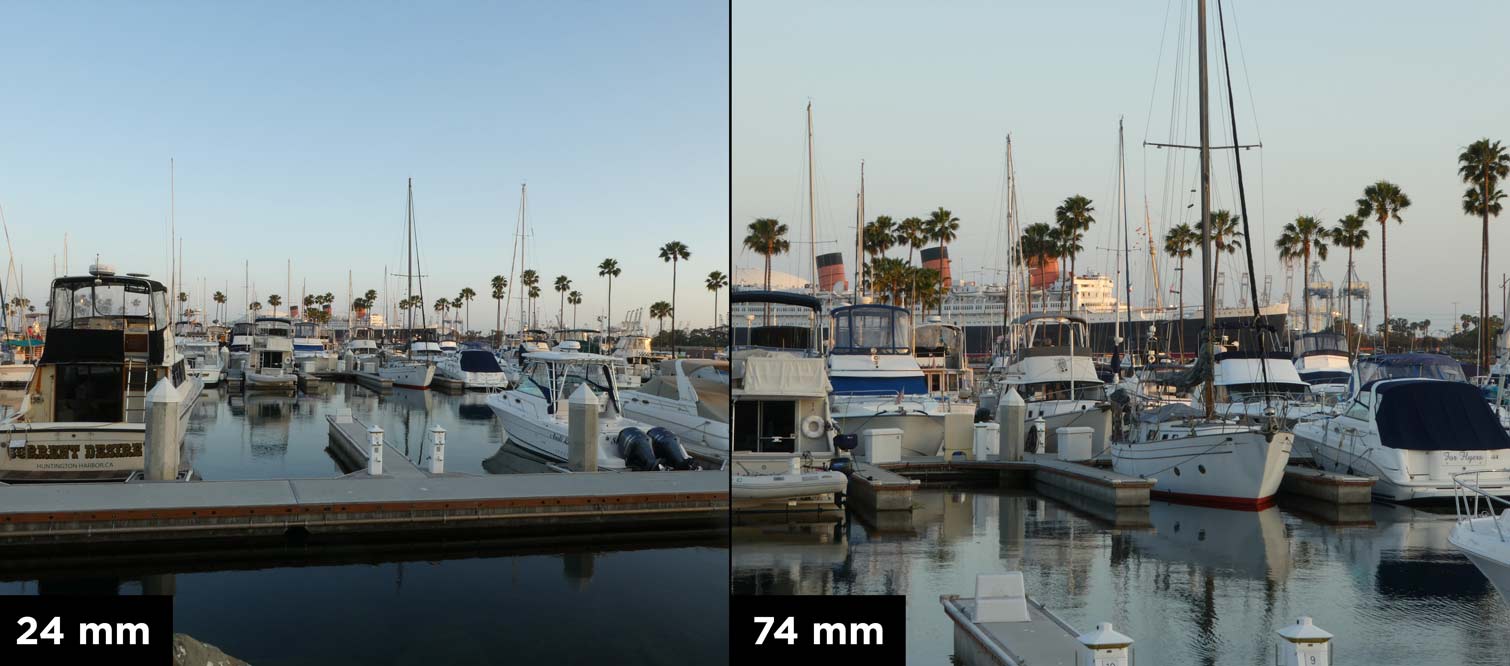
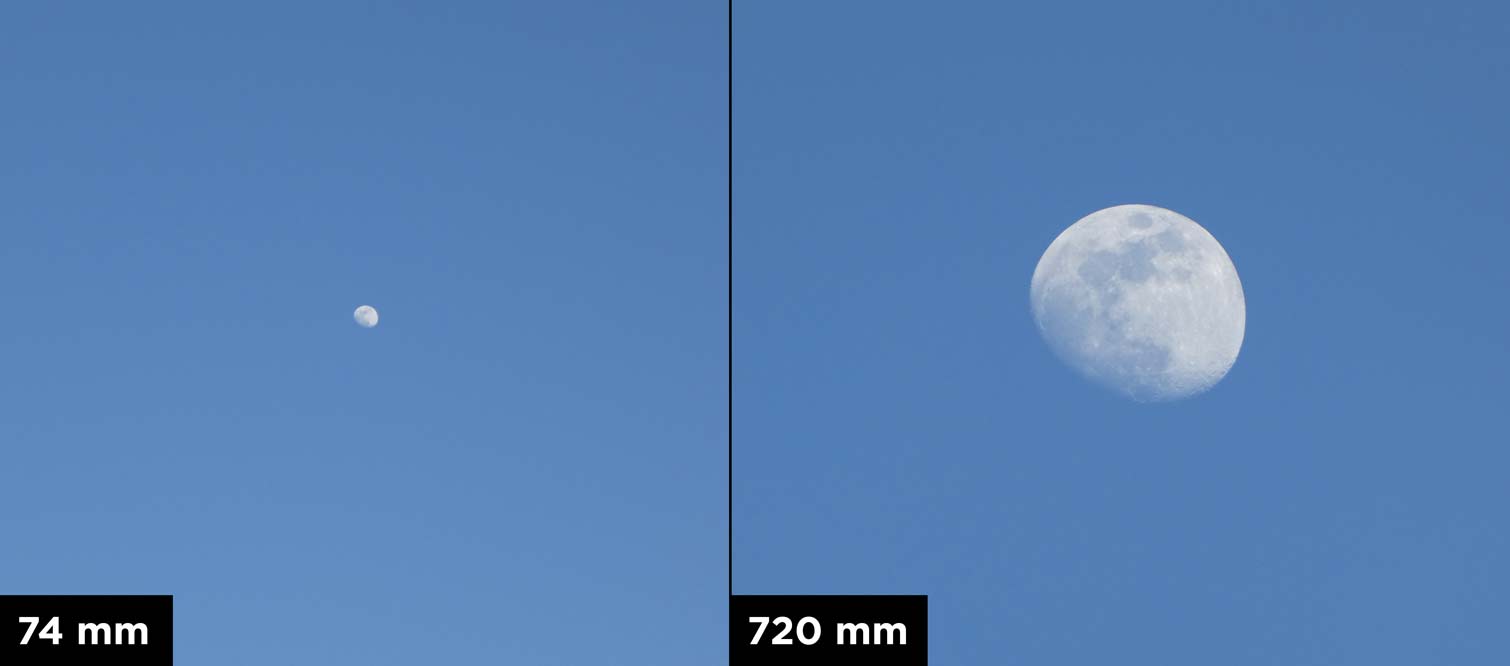
Design: Basic and handy
The ZS60 style is utilitarian, in a good way. At 4.4 x 2.5 x 1.5 inches and about 10 ounces, it can just squeeze into a front jeans pocket and is an easy fit for anything else. A control ring around the lens barrel provides tactile control of fine adjustments such as manual focus.
A 3-inch capacitive touch screen allows you to tap the exact item you want to set focus on and even tap to shoot. You can also flick to scroll through photos and videos you've taken and pinch to zoom. However, the handsome LCD doesn't tilt as on some other bridge cameras like the Canon PowerShot G7 X. This makes some photos harder to frame and requires holding the camera awkwardly in front of your face when shooting video.

When sunlight overwhelms the rear screen, the 0.2-inch LCD electronic viewfinder allows you to preview and review your photos. It's a bit small, and can be choppy when you are panning, but the EVF is still a nice bonus feature.
Image Quality: Zoom, zoom
If you are going to carry a camera (in addition to your phone), that camera had better offer something special. And nothing justifies bringing a real camera better than a serious zoom lens. These four photos show how far you can go with the ZS60's 30X zoom. Just the first two represent the roughly 3X zoom range (24-74mm, full frame equivalent) of a typical camera. The ZS60's optical image stabilization keeps photos sharp throughout.


I even captured a nice photo of the moon — yes, the moon — in an early evening sky.

Beyond the powerful zoom, the SX60 is a dependable camera for general photography in good lighting. You can see that in this image from a garden that shows deep color and good exposure, despite a powerful afternoon sun.

Autofocus is fast, thanks to Panasonic's special brand of AF, called Depth to Defocus. The technology would take quite a while to explain, but it's an innovation that gets close to the speed of the phase-detection autofocus found on DSLRs and better mirrorless models.
MORE: Best Bridge Cameras Available Now
Low-Light Quality: Limited
The physics of placing a big zoom lens on a small camera body mean the image sensor must be small. The ZS60 has a 18-megapixel chip measuring just 6.17 x 4.55 mm, not much larger than a smartphone's. Displayed at laptop-screen size (2560 pixels across), images start to look mottled beyond ISO 400 sensitivity, which wouldn't get you past shooting during the brighter part of twilight. That makes the ZS60 no match for bridge cameras that have larger sensors (though much shorter lenses) like the top-tier Sony RX100 III bridge camera (whose 1-inch sensor is about four times larger).
Here, the ZS60's image at ISO 400 barely holds up to the Sony's at ISO 800.

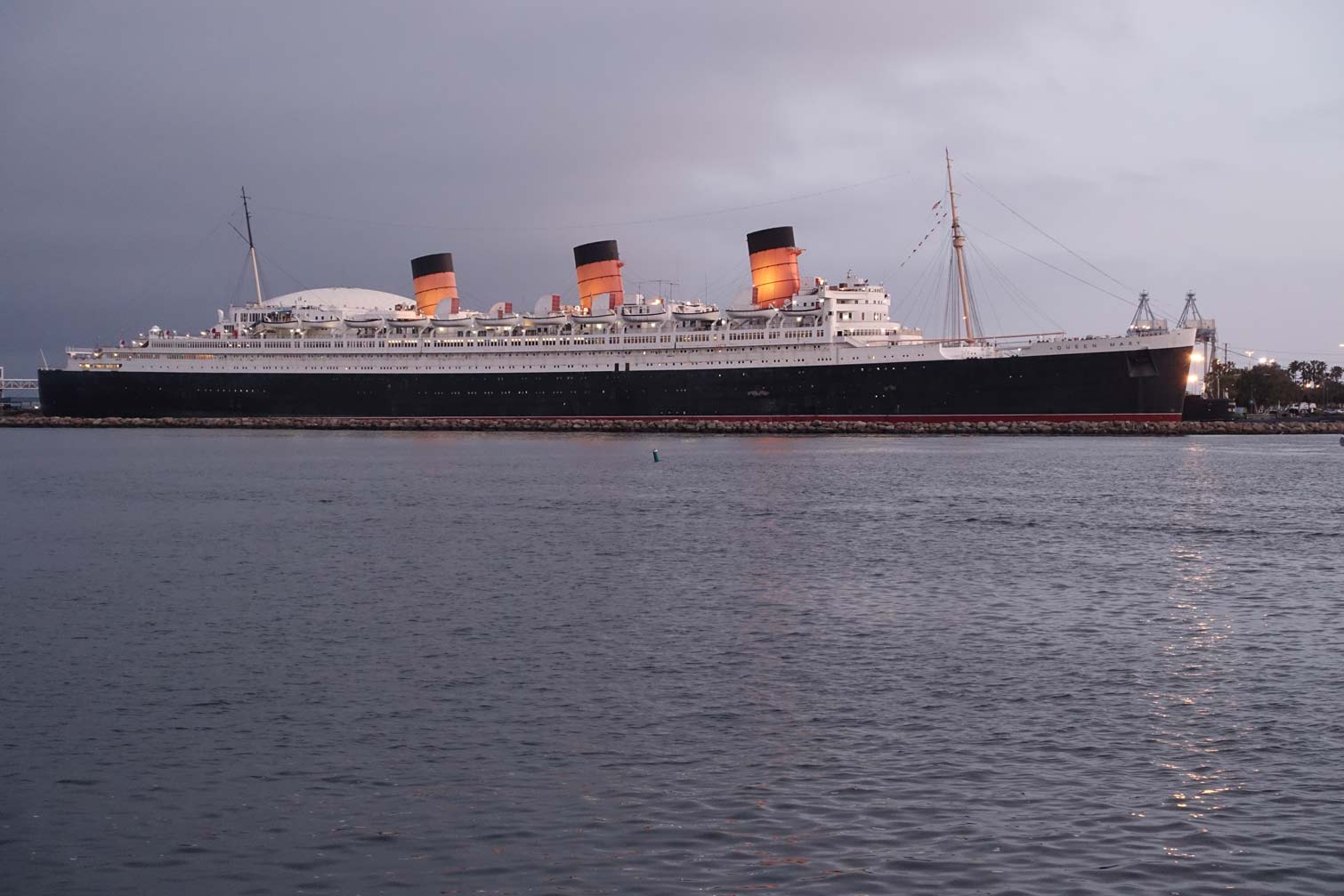
Maximum aperture sizes of f/3.3 (wide) to f/6.4 (telephoto) further restrict light gathering.
Video: Useable 4K
While on a par with smartphones, the quality of ZS60's 4K video is below that of higher-end bridge cameras such as Panasonic's own LX100. In particular, video sometimes experiences a lot of rolling-shutter, a wobbly, Jell-O-like effect when dealing with motion. You can see the effects in the right half of this video when the camera, which is handheld, jitters even a bit.
Video gets soft in low light, and the ZS60 is plagued by a skittish autofocus that drifts in and out on static objects. However, in fairness, you're unlikely to shoot such low-movement scenes in real life.
Quality is at least on par with a smartphone, though, based on these back-to-back clips from the ZS60 (first) then the Samsung Galaxy S6 Active.
Bonus Features
The ZS60 also packs some fun bonus features that have come down from Panasonic's higher-end cameras. These features include 4K Photo, a new twist on burst-photo shooting that allows you to select and extract any frame from a 4K video clip as an 8MP still photo. The ZS60 also utilizes 4K video for the Post Focus feature, in which the camera grabs video at different focus points. In reviewing the video, you can tap the part of the image you want to be in sharpest focus, and the camera provides an 8MP image to match your choice.
MORE: Best Cameras of 2016
Bottom Line: Close but not enough
The ZS60 has all the prerequisites to be a great travel camera: an ergonomic, compact design; 4K video capability; and a powerful, 30X zoom lens. A so-so little image sensor holds the camera back, though, and it has poor low-light performance and video that's less sharp than the specs would indicate. You can get some great photos by day, especially with the mega zoom, but quality just doesn't hold up when the sun goes down.
Sean Captain is a freelance technology and science writer, editor and photographer. At Tom's Guide, he has reviewed cameras, including most of Sony's Alpha A6000-series mirrorless cameras, as well as other photography-related content. He has also written for Fast Company, The New York Times, The Wall Street Journal, and Wired.
